Johann Haviland Bavaria Germany saucer with wheat: 3,528 ppm Lead on the food surface & 12,100 ppm Lead on back mark
For those new to this website:
Tamara Rubin is a multiple-federal-award-winning independent advocate for childhood Lead poisoning prevention and consumer goods safety, and a documentary filmmaker. She is also a mother of Lead-poisoned children (two of her sons were acutely Lead-poisoned in 2005). Since 2009, Tamara has been using XRF technology (a scientific method used by the U.S. Consumer Product Safety Commission) to test consumer goods for toxicants (specifically heavy metals — including Lead, Cadmium, Mercury, Antimony, and Arsenic). All test results reported on this website are science-based, accurate, and replicable. Items are tested multiple times to confirm the test results for each component tested. Tamara’s work was featured in Consumer Reports Magazine in February of 2023 (March 2023 print edition).
Sunday #Fundraiser! 5/23/2021
Post #3 of 10!
For Sunday 5/23/21 I promised to publish one article (with XRF Test results for a consumer good not previously reported!) for each contribution (in any amount) that came in support of the work of the Lead Safe Mama Team. The Goal: To raise (from contributions) or earn (from deposits for future events or home consultations) $4,535 by the end of the month. TEN friends have contributed $335 so far. (Only $4,200 left to raise!)
This piece is #3 (number THREE!) of the 10 posts promised (since ten contributions came in on Sunday)! Thank you for being here. If you are in a position to make a contribution in support of this collaborative work, here are the different platforms (all contributions are reported as business income to Lead Safe Mama, LLC):
- Venmo: @TamaraERubin
- Zelle: @503-702-2708
- PayPal: Testing@LeadSafeMama.com
- GoFundMe: http://www.GoFundMe.com/LeadSafeMama
XRF test results for the dish pictured (which, on the food surface, looks the same as the dish in the previous article):
Note: All test results reported here were repeated multiple times to confirm the results. Each component was tested for 30 seconds or longer for each test. Results are science-based, accurate, and replicable. To learn more about the testing reported on this website, please click here. The work reported here is a collaborative effort between the Lead Safe Mama team and our readers. Readers send us things for testing and also help us cover the costs of the testing we report on the site. In this way, the test results shared here are truly independent of any industry or specific corporate influence. Click here for more details on sending in an item for testing.
Reading #1) Food surface of dish, on the wheat the design
- Lead (Pb): 3,528 +/- 108 ppm
- Cadmium (Cd): 18 +/- 8 ppm
- Bismuth (Bi): 67 +/- 23 ppm
- Tin (Sn): 285 +/- 21 ppm
- Zinc (Zn): 242 +/- 36 ppm
- Cobalt (Co): 579 +/- 121 ppm
- Iron (Fe): 3,343 +/- 280 ppm
- Indium (In): 32 +/- 11 ppm
Reading #2) Food surface of dish, on the plain white of the dish
- Lead (Pb): 28 +/- 11 ppm
- Cadmium (Cd): 14 +/- 7 ppm
- Bismuth (Bi): 71 +/- 13 ppm
- Iron (Fe): 4,361 +/- 284 ppm
- Indium (In): 26 +/- 10 ppm
Reading #3) Platinum edging on dish
- Bismuth (Bi): 99 +/- 18 ppm
- Palladium (Pd): 35 +/- 6 ppm
- Gold (Au): 952 +/- 81 ppm
- Iron (Fe): 4,361 +/- 328 ppm
Reading #4) Logo area on back of the dish
- Lead (Pb): 12,100 +/- 300 ppm
- Cadmium (Cd): 35 +/- 10 ppm
- Chromium (Cr): 7,409 +/- 602 ppm
- Silver (Ag): 438 +/- 23 ppm
- Bismuth (Bi): 217 +/- 43 ppm
- Gold (Au): 13,400 +/- 400 ppm
- Platinum (Pt): 256 +/- 92 ppm
- Copper (Cu): 147 +/- 43 ppm
- Nickel (Ni): 325 +/- 92 ppm
- Cobalt (Co): 6,263 +/- 302 ppm
- Iron (Fe): 7,234 +/- 384 ppm
- Manganese (Mn): 6,914 +/- 486 ppm
- Indium (In): 27 +/- 13 ppm
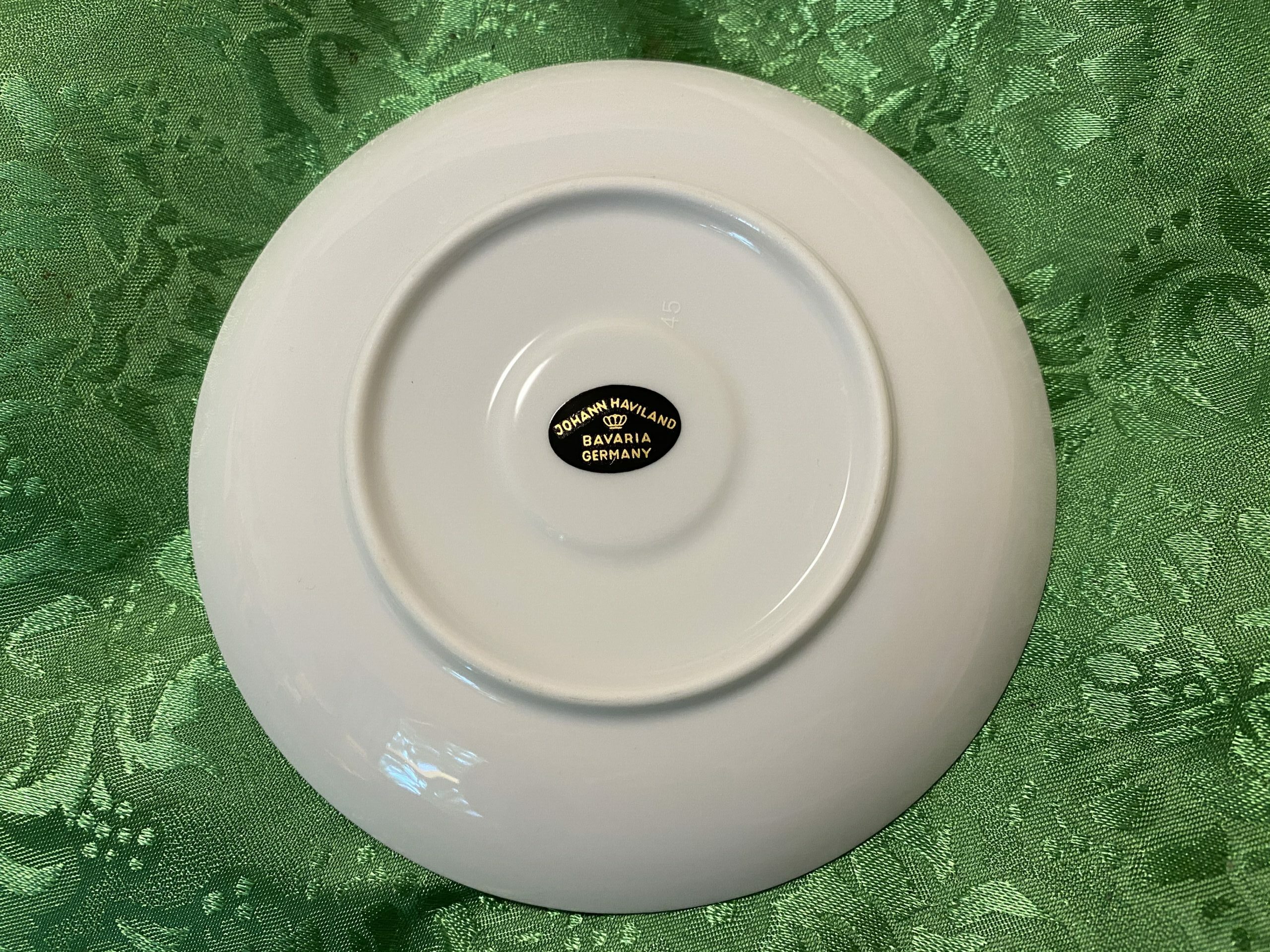
Never Miss an Important Article Again!
Join our Email List








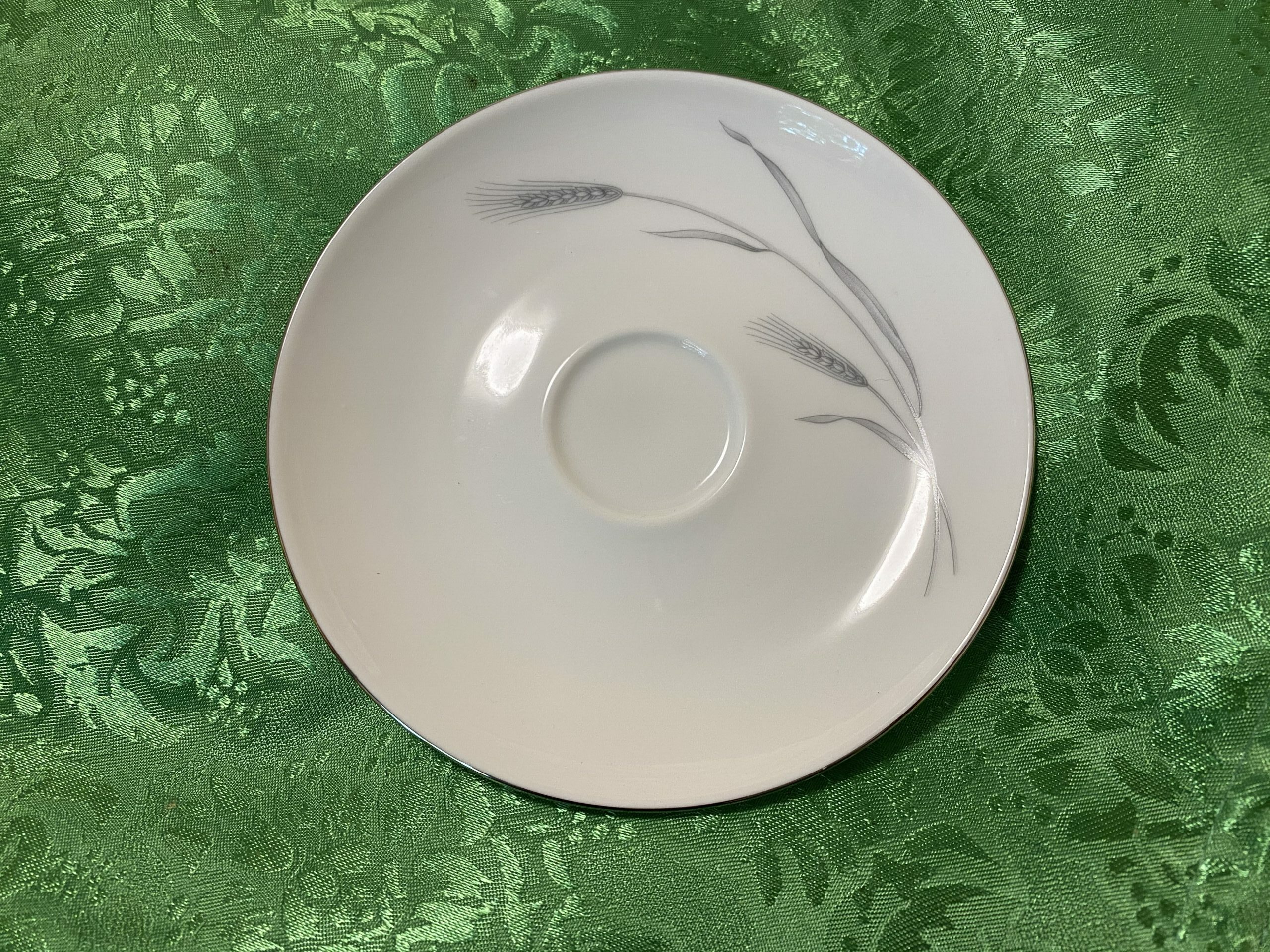
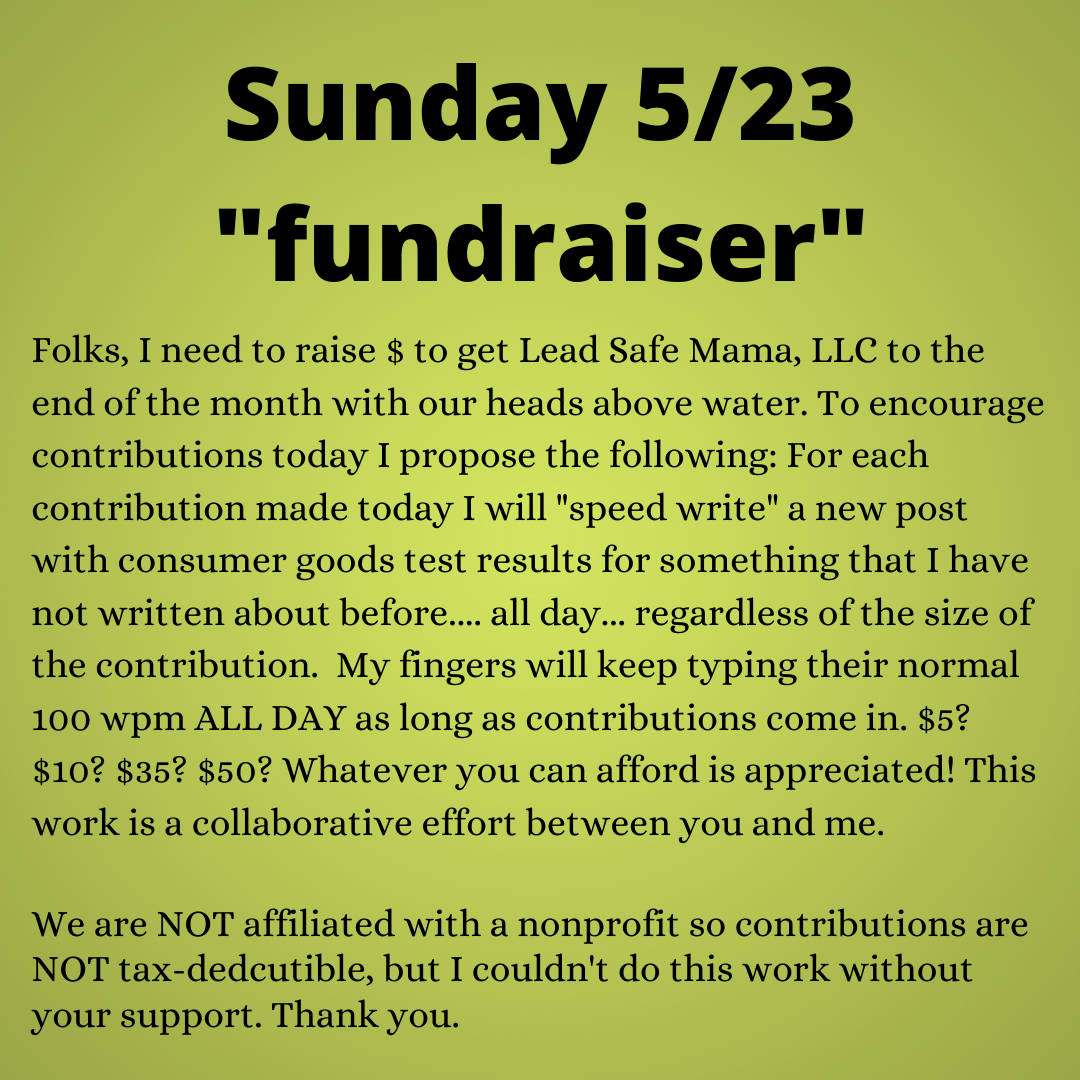
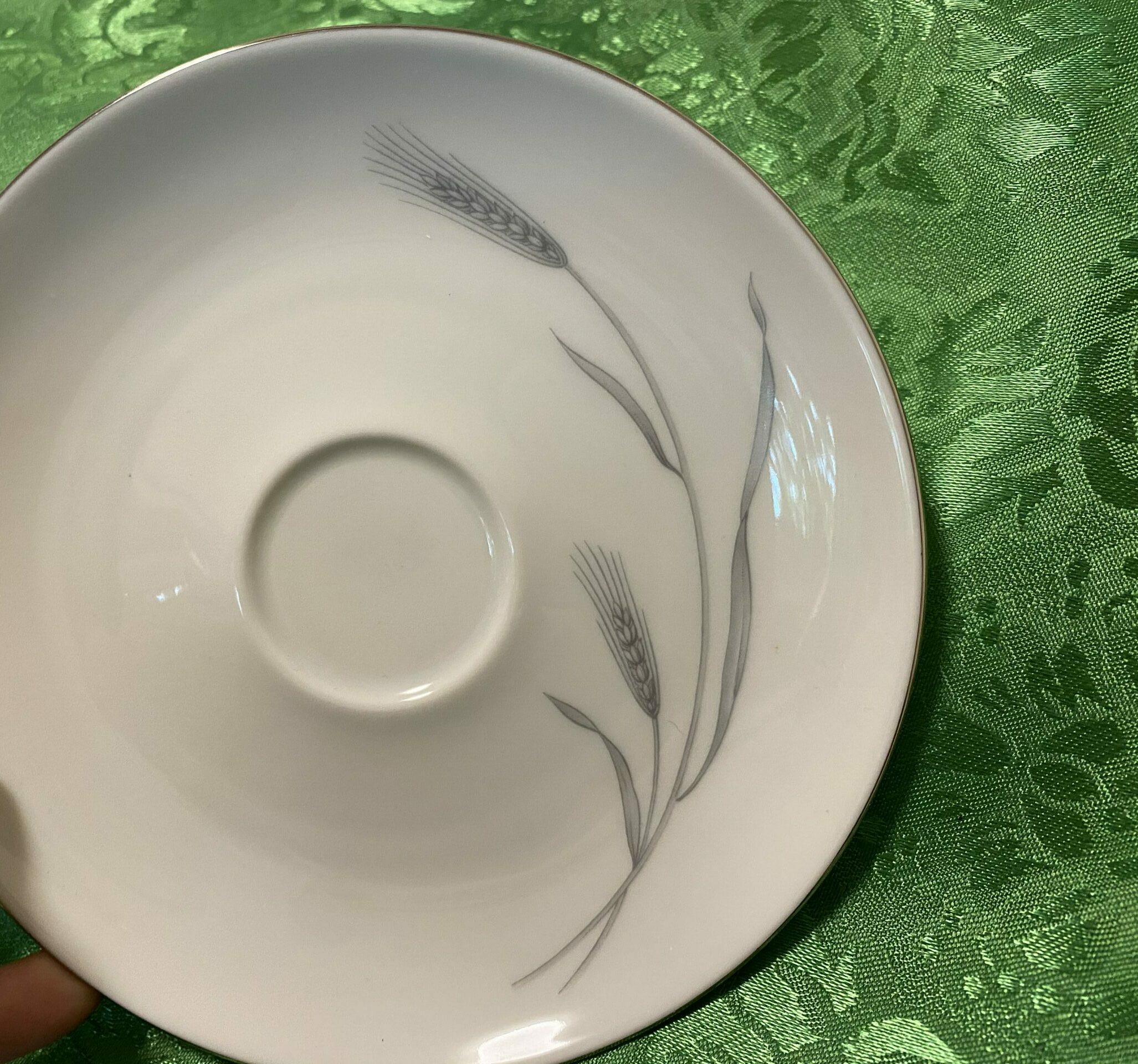
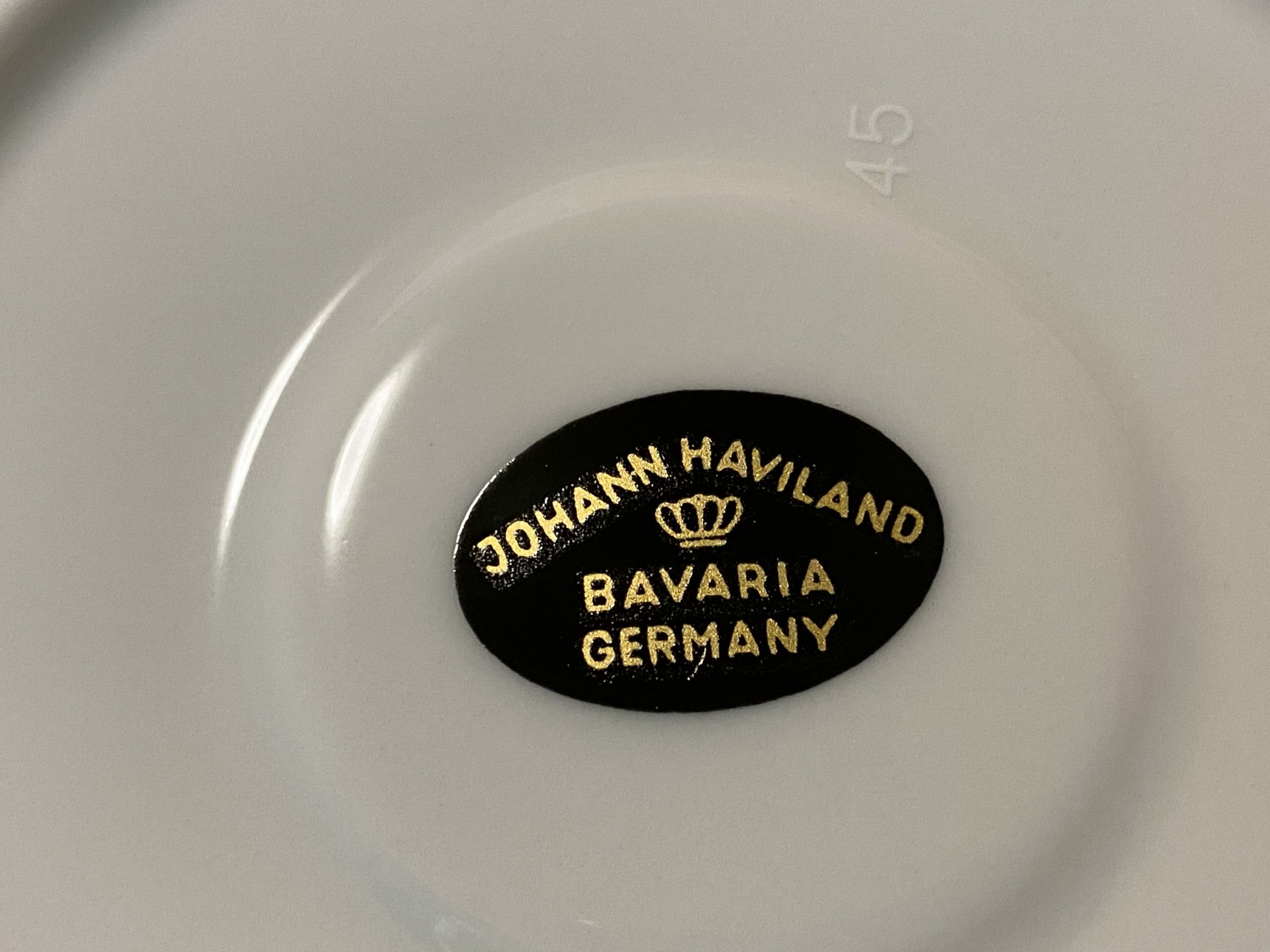
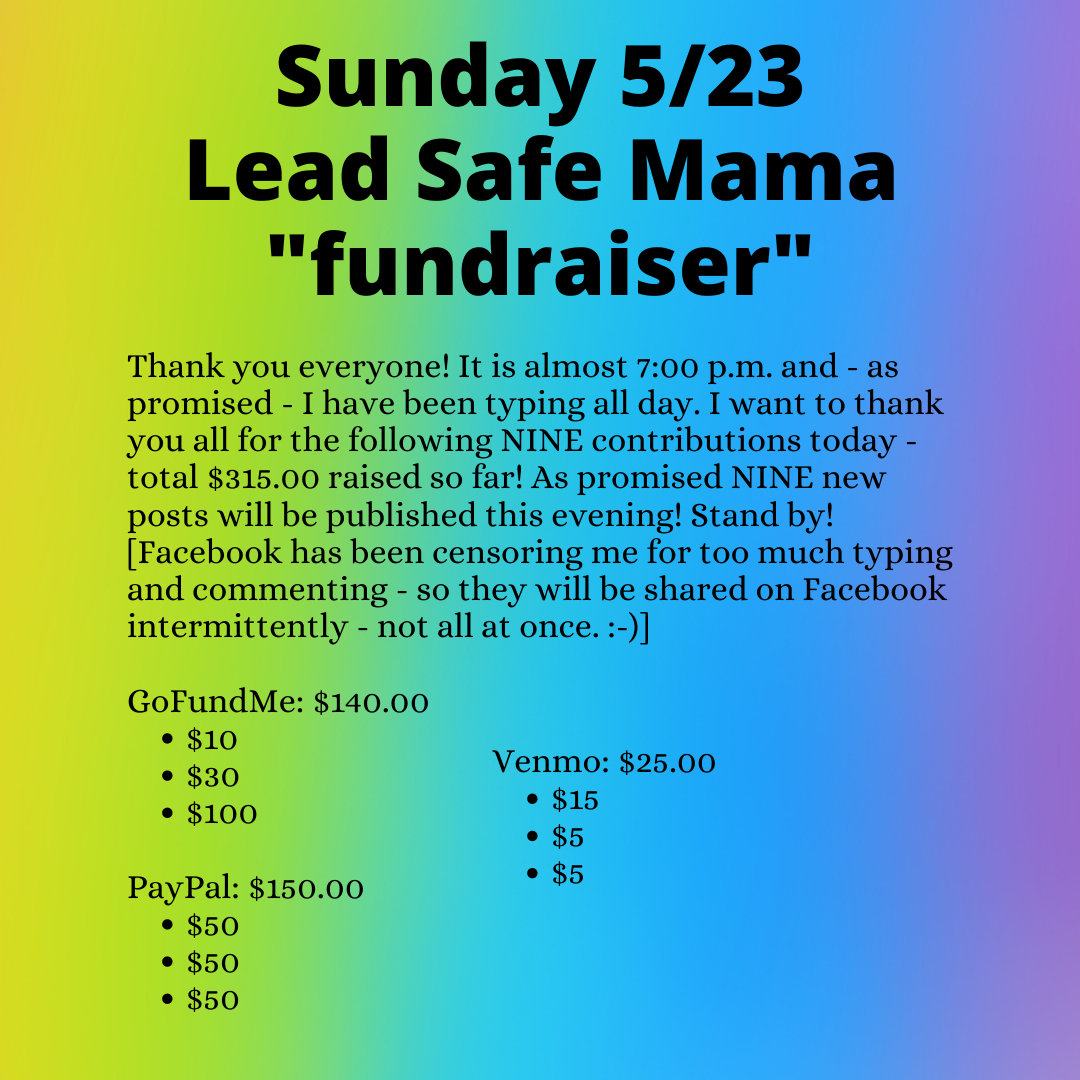

My family has this set and we use this from time to time, i’m not sure what the results mean — they seem like really high levels. We also used these a lot when we were young. Should we stop using these?
These are very high levels. They should not be used with food.
Have you tested the blue garland pattern from this company? I have been using them as our daily dishes for a few years and now I’m a little concerned.
Do you know a year of manufacture?
That pattern was first issued in 1974. I was wondering the same thing as I have a few pieces we use. Thank you!
I have this pattern, too, and am concerned.
I didn’t find any information about the Johann haviland Crowning fashion dinnerware from japan. Is that 1 that has been tested?
These are all of the Haviland pieces we have reported on:
https://tamararubin.com/category/haviland-co/